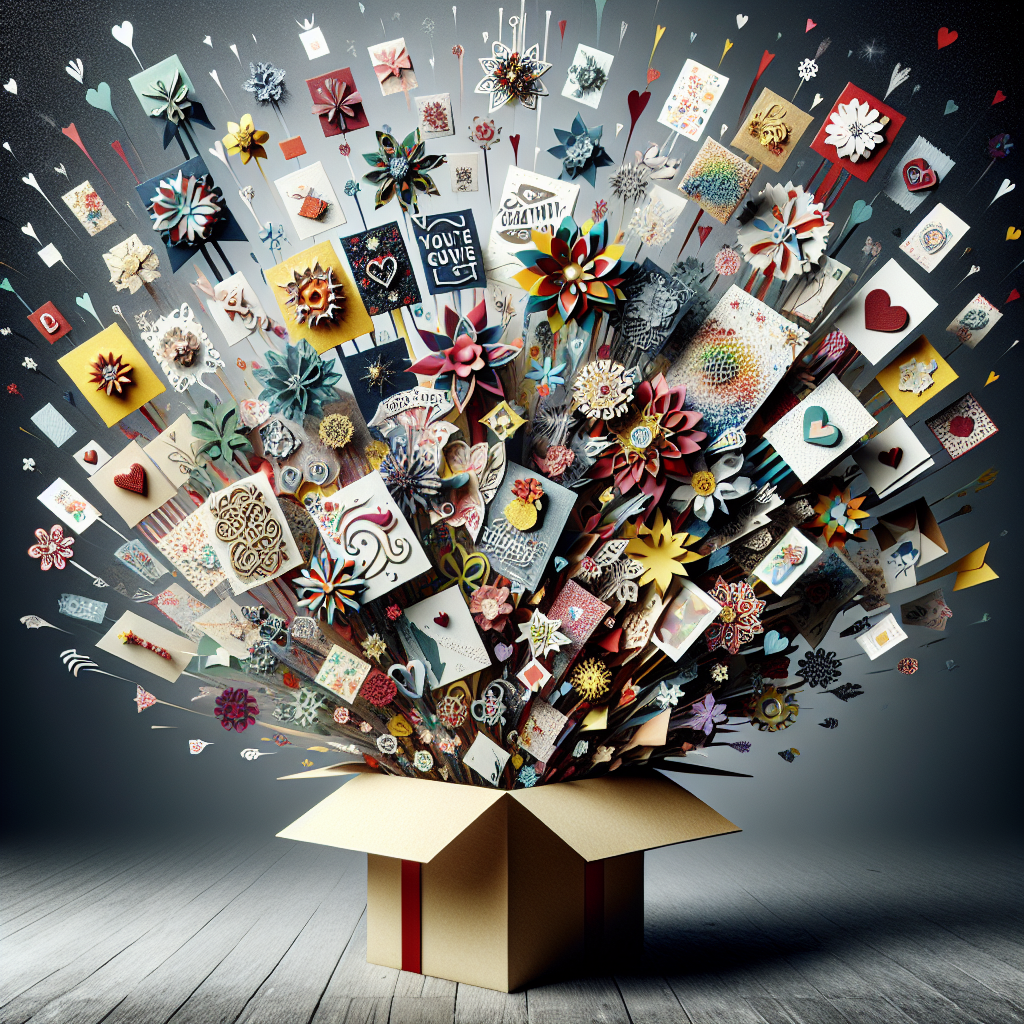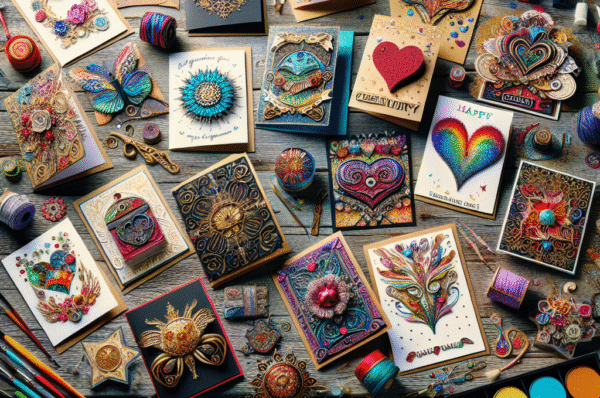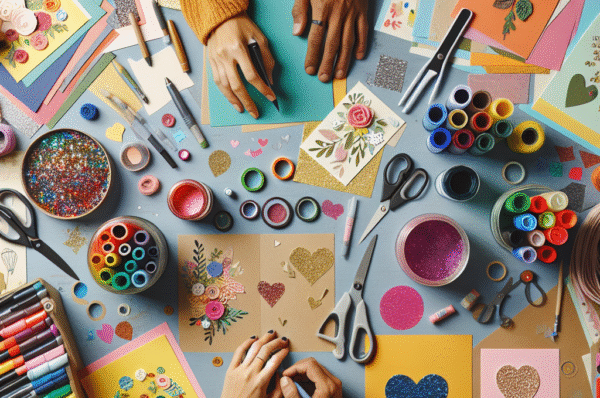In an era where digital communication reigns supreme, a surprising trend has resurfaced: the art of personalized gifting, particularly through the creation of custom cards. These bespoke pieces not only serve as a canvas for creativity but also as a heartfelt medium for conveying emotions. The rise of custom cards signifies a cultural shift towards valuing personal touch and individuality in a world dominated by mass-produced items.
The Shift Towards Personalization
The shift towards personalized gifts stems from a deep-seated desire for meaningful connections. As consumers become increasingly inundated with generic products, many are searching for ways to stand out and convey their feelings more authentically. Custom cards offer a unique solution, allowing individuals to infuse their personality, creativity, and emotions into a physical object.
Crafting a Unique Experience
Unlike standard greeting cards, custom cards allow for an unparalleled level of personalization. Whether it’s a birthday, wedding, or a “just because” moment, custom cards can be tailored to reflect the recipient’s interests, favorite colors, and even inside jokes. The possibilities are endless—from hand-drawn illustrations to digital designs that incorporate photographs and custom messages.
This level of customization provides a deeper emotional connection between the giver and the receiver, turning what was once a simple card into a cherished keepsake. In fact, many people find joy not just in receiving custom cards but in the creative process of designing them.
Technology Meets Tradition
The rise of technology has simultaneously fueled and transformed the custom card industry. Online platforms allow users to design cards using sophisticated tools without needing graphic design experience. Programs and apps streamline the creation process, enabling anyone to experiment with fonts, layouts, and images.
Moreover, social media platforms serve as an inspiration gallery, showcasing a multitude of ideas for custom card designs. Pinterest, Instagram, and TikTok are filled with endless examples of innovative card-making techniques, inspiring people to unleash their creativity and try their hand at designing unique cards for their loved ones.
The Handmade Movement
As the demand for custom cards has increased, so has the resurgence of the handmade movement. Artisans and crafters sell their creations on platforms like Etsy, offering a range of styles from vintage to modern. This shift reflects a growing appreciation for craftsmanship and individuality.
The act of creating a card by hand—be it through watercolor painting, calligraphy, or intricate paper crafts—enhances the emotional value. Recipients often treasure a handmade card far more than its mass-produced counterparts, as it embodies the time and effort invested by the creator.
Sustainability and Conscious Consumerism
The rise of custom cards also intersects with the larger movement towards sustainability and conscious consumerism. Many card creators prioritize eco-friendly materials and production methods, appealing to an environmentally aware audience. Handmade cards often use recycled paper, non-toxic inks, and sustainable packaging, making them a responsible choice for the eco-conscious consumer.
This focus on sustainability further enhances the appeal of custom cards, as buyers feel good about investing in a product that aligns with their values while also providing a unique, meaningful gift.
Bridging Generations
Custom cards also serve as a bridge between generations. While younger demographics may be accustomed to digital communication, the tactile nature of a card impacts all age groups. Many consumers are rediscovering the sentimentality of handwritten notes, and custom cards allow for a blend of traditional and contemporary styles—making them perfect for cross-generational gifting.
For older generations, receiving a card that reflects their life experiences or fond memories can evoke nostalgia and create a lasting impression, reinforcing the importance of honoring relationships through thoughtful gestures.
Conclusion
The rise of custom cards in personalized gifting is more than just a trend; it represents a cultural renaissance centered around authenticity, creativity, and heartfelt connection. As individuals continue to seek ways to express their sentiments in a tangible manner, custom cards provide a versatile canvas for creativity that transcends age and background.
In a world that often feels disconnected, these personalized gifts serve as a powerful reminder of the joy and significance of human connection. As we embrace this movement, the potential for endless creativity and emotional intimacy will continue to flourish, turning custom cards into cherished artifacts of personal expression.




